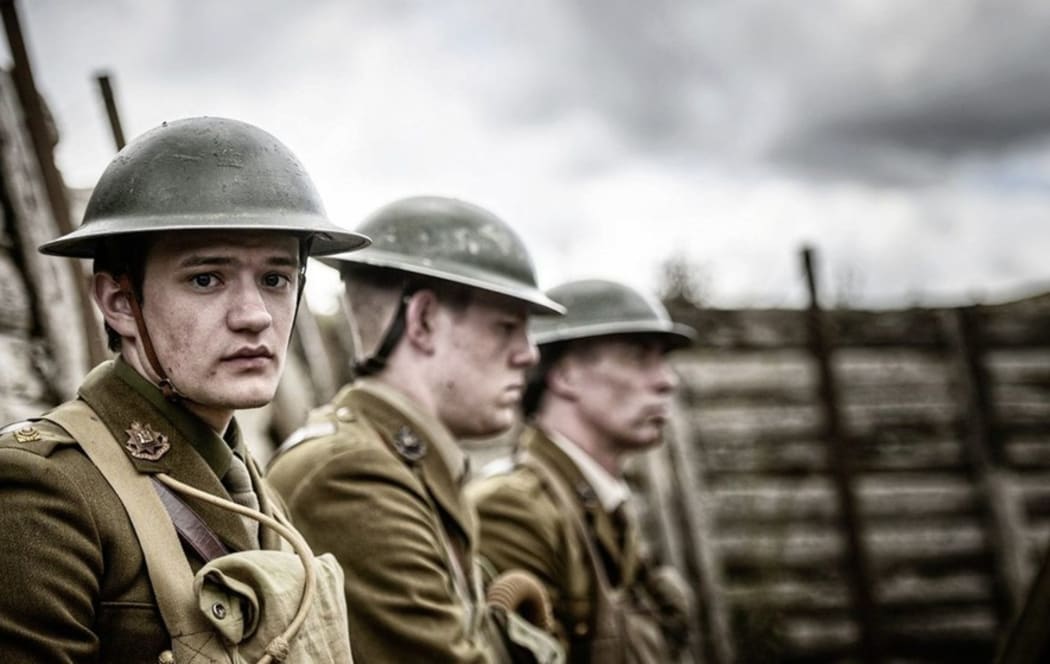We've had four years enduring the centenary of one of the most catastrophic events in human history, the First World War. But finally we've arrived at Journey's End. Literally in fact this week.

Photo: Supplied
R C Sheriff's Journey's End was one of the first plays dealing with the war when it came out in 1928. It was a massive hit, and much filmed.
This - the fifth filmed version of Journey's End, from English director Saul Dibb - lightly opens out the action from the claustrophobic trenches of the play.
We see the arrival of a new officer, Second Lieutenant Jimmy Raleigh, played by Asa Butterfield.
I know, I was thinking the same thing. Asa Butterfield? The kid from The Boy in the Striped Pyjamas? How old is he - 10?
But that's the point. Jimmy, like many officers in the war, is barely out of his teens, and he has no idea what he's in for.
He volunteers to join the company of a friend - his sister's fiancé in fact - Captain Stanhope, played by Sam Claflin.
But Stan isn't the man Jimmy remembers. After nearly four years under fire, he's now a shell of the officer he once was, propped up by booze.
The action mostly takes place in the officers' quarters. Jimmy Raleigh meets the older Lieutenant Osbourne - nicknamed Uncle - played by Paul Bettany as the soul of the group, keeping them all together.
By contrast there's shell-shocked Hibbert, clearly in no fit state to be there at all, and the cheerfully working-class Trotter.
Oldest member of the group - and provider of rare, but all too welcome moments of levity - is the cook, Private Mason, played by Toby Jones.
The action takes place over four days, as the company is warned that the Germans are planning something big - a spring offensive.
The tone of Journey's End isn't quite as cynical as that of many subsequent World War I dramas.
Here, not every superior officer is arrogant, selfish or criminally stupid - just many of them, as they send their men on often suicidal missions.
The fact is, after four years under fire, many of the shattered soldiers on both sides are praying to be wounded - not fatally, just bad enough to be sent home - a "Blighty one" as they were called.
But they're also balancing their permanent state of terror with what they're told is their duty, and how they want to think of themselves. The presence of Jimmy Raleigh is a constant reminder to Stanhope of the girl waiting for him at home.
Journey's End made a huge impact when it was seen in the Twenties - the first time something like the reality of the War had been shown so starkly. Even today it's still capable of shocking us.
The German spring offensive of 1918 took a few hundred meters of territory at the cost of hundreds of thousands of lives. 100 days later they were driven back at the cost of even more.
Four months later, the war was over. You look at those bald statistics and wonder why anyone called this a victory.
Journey's End - by allowing half a dozen voices to be heard - offers, if not an explanation, then at least an illustration. The trouble is, the people who ought to see it - now as then - never will.

